
Between Kumasi and the coast lies Kakum National Park. A rainforest with many of the usual suspects, including, but not limited to, trees, insects, forest elephants, monkeys, snakes and leopards. The thing with jungles, as opposed to, say, the open savannah, is that there are trees and other vegetation pretty much everywhere. The consequence for the non-human inhabitants is that they tend to be smaller than their open-air cousins (for example, the jungle elephant might as well be called pygmy elephant, but don’t say that to their trunks). The consequence for the human visitors is that the other animals are difficult, if not impossible, to see, what with all the vegetation and pygmy-ism and all. Therefore, a cool* experience in Kakum is a canopy walk. Rickety, but perfectly safe, rope bridges are suspended 15-40 metres in the air, making for a fun walk just above the foliage.

The goal of the day, however, was to reach the coast. That we did, but unfortunately the place we stayed was a fair bit out of the way. As I had to get to Accra before the truck did, and the local bus would leave Cape Coast (at least an hour taxi drive away) at early o’clock, I did some quick rearranging of my itinerary. Both Elmina, the closest town, and Cape Coast, the next town over, are coastal towns with an important historical affiliation with the slave trade of colonial times, and definitely worth a visit.
And so it was that I packed all my stuff**, said my good byes to the people who stayed at the campsite, and shared a taxi to Elmina with some who didn’t.
Elmina Castle, sometimes called St George’s Castle, is presumably the oldest European-built building in West Africa and marks the starting point of any visit to the former Portuguese colonial town. But rather than focusing on the slave fort, we took a town walk with a local guide. Noticing the three major sources of income (salt mining, fishing, and tourism) we perused the streets, the forts, the convents and the markets in the 40 degree heat. After a well-earned cold beer, I said even more goodbyes and took a taxi with my diving-buddy co-traveller for a tour of Cape Coast Castle.

Built by the Swedes in the 1600’s, the Castle served as a slave fort and waystation before they were shipped away to unknown destinations. It was later claimed by the Danes, then the Dutch, and finally the British. The cells in which they kept their slaves were devastating to see, the solitary cell even moreso. The stories about, especially, the female slaves went straight to the heart. The impact made by learning about the horrible, unimaginable conditions these people had to endure was strengthened by the stark contrast of the luxury of the governor’s quarters.

After one more goodbye, I went to my hotel, getting ready for next morning’s early bus ride. Although crowded and a bit late, the bus ride itself offered luxuries I had forgotten existed. The seats were comfy, there was plenty of legroom, the headrest cushion was so soft it could have served The Spanish inquisition***, and there was aircon.
The inclusion of air conditioning was even more obvious as I stepped out of the coach in Accra, walking right into what felt like a wall of hot steam.
The capital of Ghana is a city in the usual sense of the word. There are streets and avenues, parking lots, high-rises, museums, asphalt, nightclubs, bars and restaurants, and even a shopping mall****. There are also, of course, the wrong side of the tracks, shady areas, bustling markets and people trying to scam and/or sell you goods and/or services.
Armed with my inconspicuous small camera, I put on my walking shoes and set off to explore this my last destination of this odyssey.
Kristiansborg, a former Danish slave fort marks the Eastern end of the city along the coast, which stretches westwards towards Ussher Fort and Jamestown lighthouse to indicate the Western border of the city proper (although the metropolitan area does continue to the west, starting with a sewage treatment plant). In between lies Independence Square and Kwame Nkrumah Memorial Park & Mausoleum. The square was empty and the park was closed due to a wedding, though. The activity tracker on my sports watch had a couple of field days (quite literally) as I perused the streets of Accra, including the poor fishing district of Jamestown and the perfectly non-hectic market quarters.
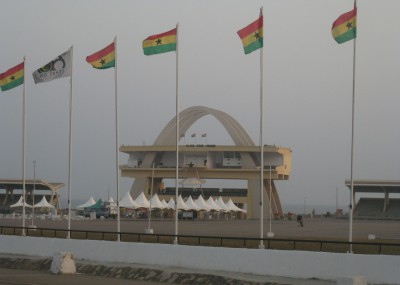
Passing through the cozy neighbourhood of Osu, I found myself at the, according to TripAdvisor, second best eatery in town: Burger & Relish. And with an item on their menu named Three Little Piggies (named so due to the burger being endorsed with chorizo, bacon and bacon jam), who am I to disagree?
Time flew, and soon I had to, as well. Rearranging my luggage, throwing away what I not needed and optimising the rest, I eventually got in the taxi to the airport. The adventure was drawing to an end, and as I spent my last cedis at the duty free (for reasons unknown, there’s no bureau de change after the security check at Kotoka International Airport, so one would have to repeat the tiring procedure or simply spending the remaining moneys buying goodies at the duty free or trinket shops), this African Adventure was over.

*) Though not in the literal sense; the temperature was close enough to 40 degrees, and humidity felt like it was in three digits
**) Except, as I noticed later, the lower parts of my zip-off trousers; they were unfortunately left on the truck.
***) The Pythonesque one, of course; the one nobody expects
****) Though no cinema, as far as I could tell, so Star Wars ep VIII: The Last Jedi would have to wait
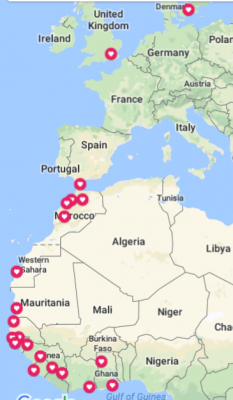












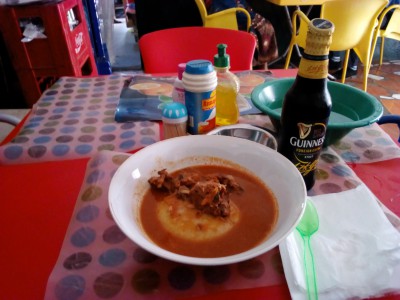
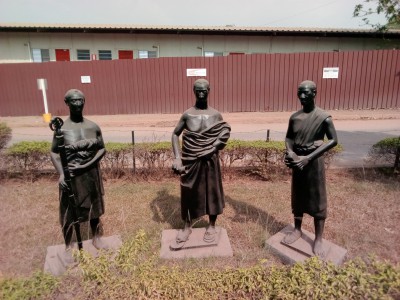

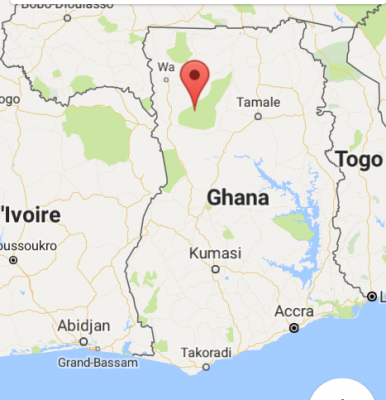
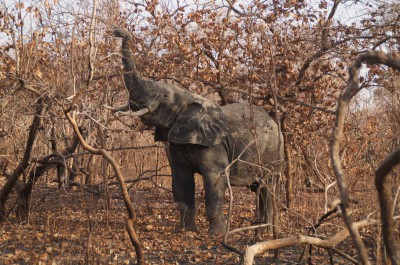

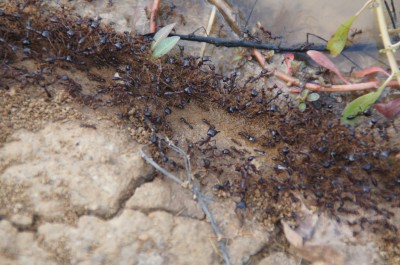
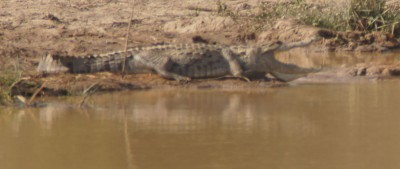
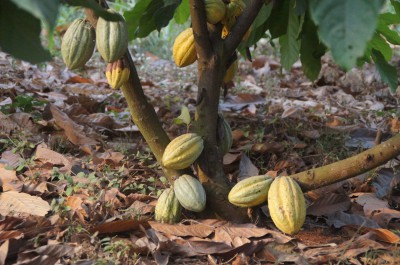

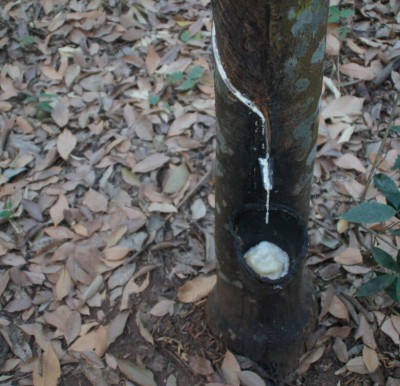


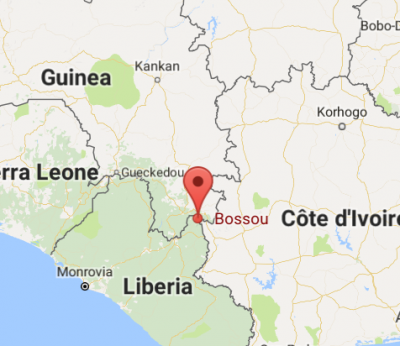
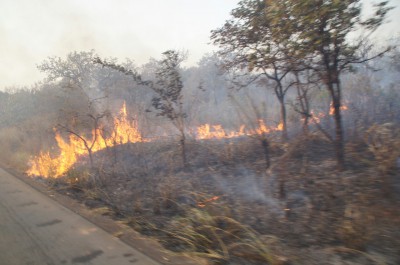



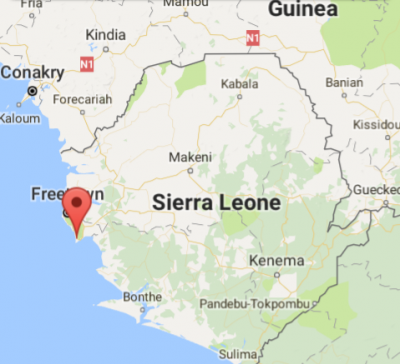
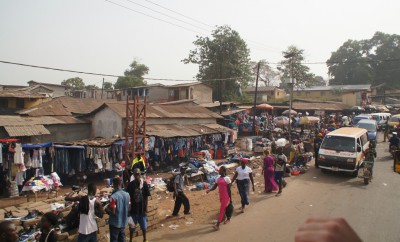
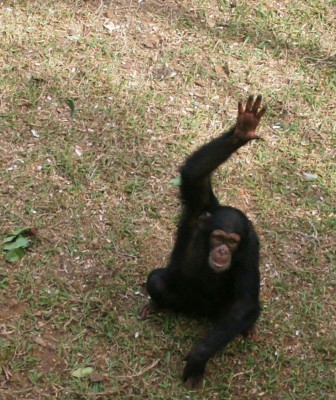












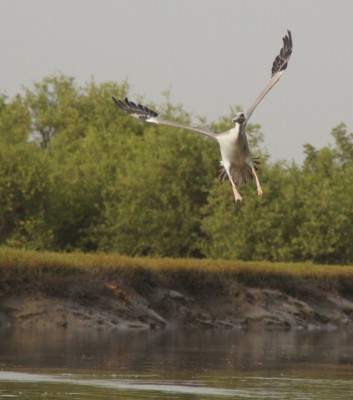

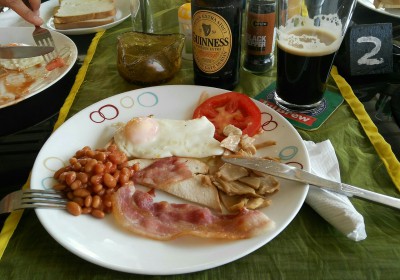
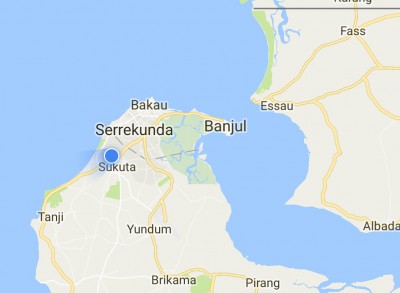



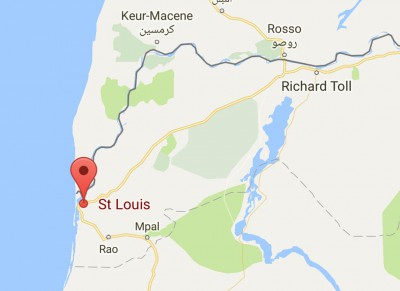 St Louis is a colonial coastal town and former capital on the Senegalese side of the border. It is also the place of Nice Burger, which it not completely is, and its accompanying beer, which most definitely is.
St Louis is a colonial coastal town and former capital on the Senegalese side of the border. It is also the place of Nice Burger, which it not completely is, and its accompanying beer, which most definitely is.






